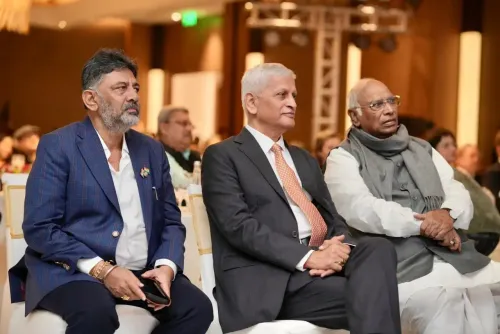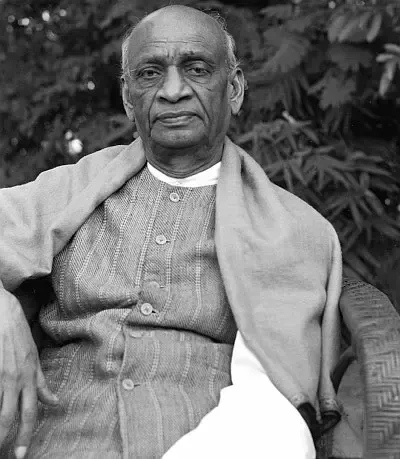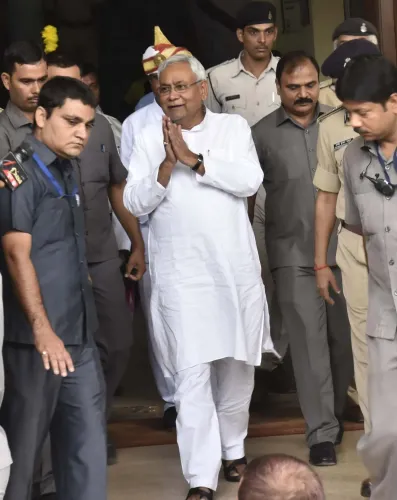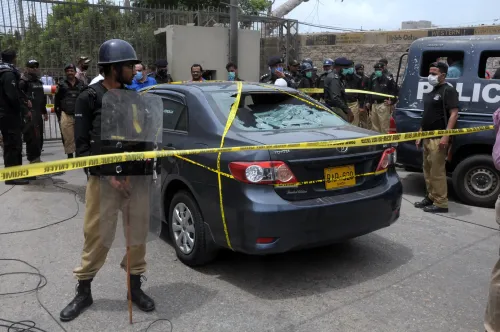What is the Sajid Mir-Dawood Connection That Pakistan Still Protects 17 Years After 26/11?
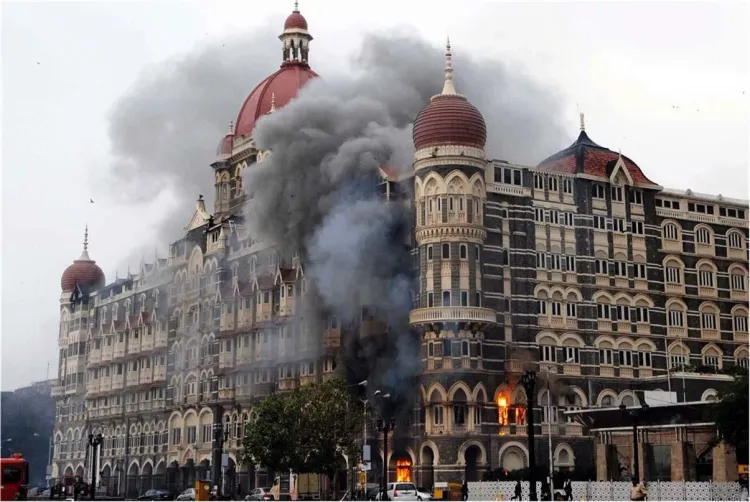
Synopsis
Key Takeaways
- Understanding the connection: The relationship between Sajid Mir and Dawood Ibrahim is crucial for addressing security threats.
- Ongoing investigations: The NIA continues to probe the roles of key figures involved in the attack.
- Significant implications: The use of active-duty officers in the planning reflects a serious level of conspiracy.
- Need for accountability: Continued pressure on Pakistan to address the issue of terrorism is essential.
- Public awareness: Keeping the public informed about security threats is vital for national safety.
New Delhi, Nov 25 (NationPress) It has been 17 years since the devastating Mumbai 26/11 attack, which resulted in over 160 fatalities and stands as one of the most audacious assaults in Indian history. The city, known as the city that never sleeps, came to a halt for nearly 48 hours as ten terrorists from Lashkar-e-Taiba unleashed chaos. Seventeen years on, many mysteries surrounding the attack remain unsolved.
Two critical questions linger: the local dimension and the enigmatic identity of Sajid Mir.
Identifying Mir has always been a daunting task for security agencies.
Mir played a pivotal role in the attack. Before the events unfolded, he visited India as a cricket enthusiast, during which he reportedly pinpointed the targets.
Famous landmarks like the Taj Mahal Hotel, Oberoi, Trident, and Chhatrapati Shivaji Terminal were targeted. However, the terrorists' choice of the lesser-known Nariman House, now known as Chabad House, raised eyebrows. Many locals were unfamiliar with the site, suggesting it was likely singled out by someone with intimate knowledge of the city.
This brings into question potential involvement from Dawood Ibrahim, who was raised in Mumbai and familiar with the city's layout.
An official from the Intelligence Bureau has indicated that Mir undoubtedly consulted with Dawood and his associates before selecting the targets. Dawood and Tiger Memon were instrumental in identifying targets during the 1993 serial bombings, leading to speculation that his expertise was sought for the 26/11 attack.
After conferring with Dawood, Mir returned to India under the guise of a cricket fan, visiting each target in preparation for a series of meetings with David Headley. Mir briefed Headley on the chosen targets, instructing him to conduct a thorough reconnaissance and map out the locations.
Despite numerous requests, Pakistan has consistently denied Mir's existence and even attempted to label him as a cleric.
However, the evidence collected by India strongly indicates that Mir was an agent for the ISI during the attack.
Indian officials reveal that Mir was originally part of the Pakistan Army and was later recruited by the ISI, specifically to oversee the logistics of the Mumbai 26/11 attack, including recruitment, planning, and training.
Mir enlisted Major Iqbal and Major Samir Ali to train the ten terrorists.
Understanding the roles of three ISI officers is essential to revealing the Pakistani establishment's involvement in the attack.
Significantly, these were active-duty officers at the time, which elevates the audacity of the attack. Typically, retired officials are dispatched for such operations, but using serving officers suggests a deeper conspiracy.
While Headley has remained tight-lipped about the Pakistan establishment's role due to a plea bargain with the FBI, a great deal now hinges on Tawwahur Rana. His investigation is ongoing, and the National Investigation Agency (NIA) hopes that Rana can help complete the picture.
Rana is expected to shed light not only on his involvement in the attack but also his connection to Headley.
Having admitted to being a former Pakistan Army official, Rana could disclose vital information about the establishment's role and finally clarify the mystery surrounding Mir.
Officials have emphasized the danger posed by Mir. A comprehensive dossier on him must be prepared to prevent Pakistan from utilizing his expertise again.
Deploying a figure like Mir represents a significant security threat to India, as evidenced by the skills displayed during the Mumbai 26/11 attack.

